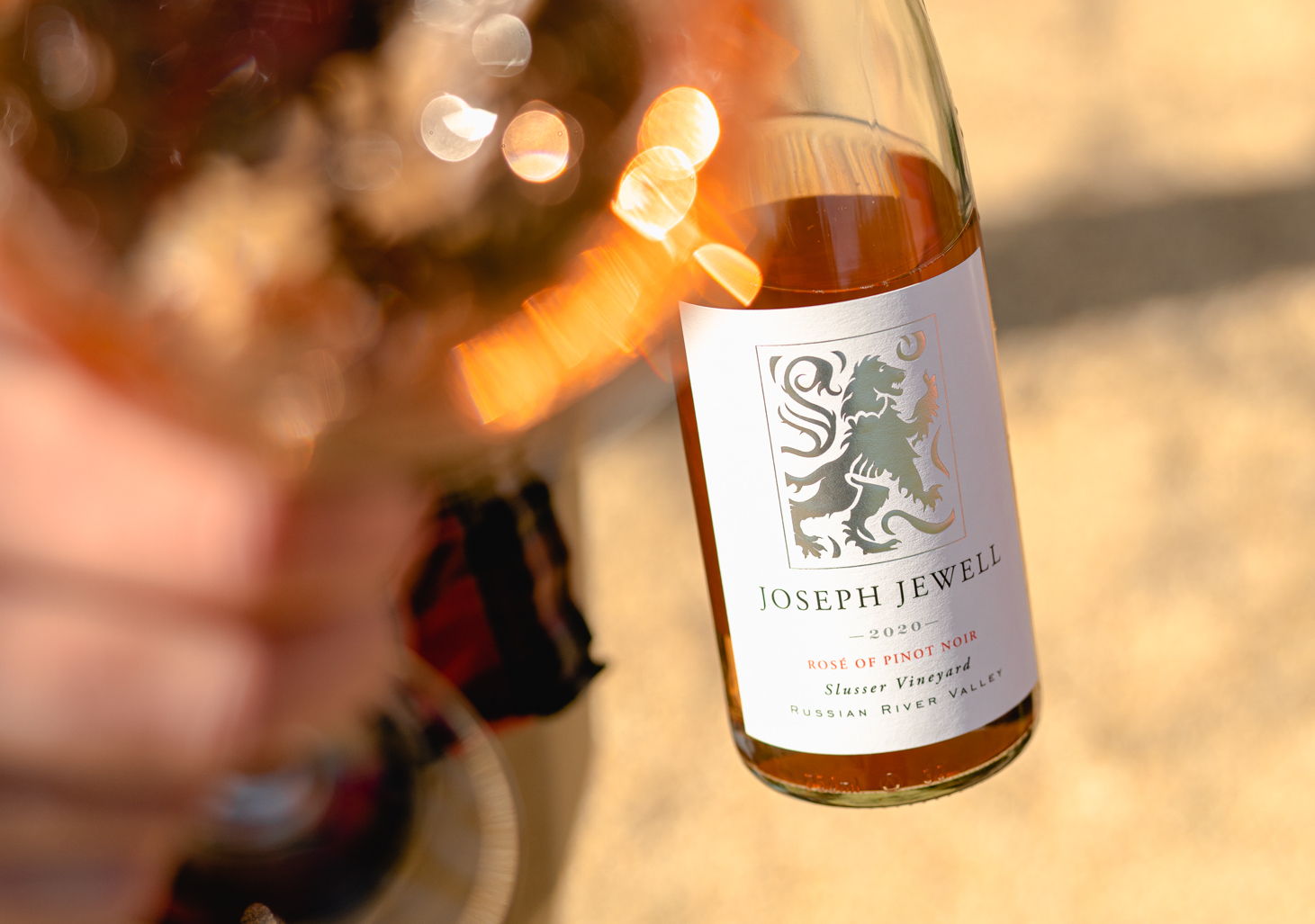03 Sep Comparing Pinots: Part Two
The similarities and differences in Pinot Noir Clones grown in Humboldt County and Russian River Valley made by Joseph Jewell Wines. In part one of our Comparing Pinots series, we explored the differences and similarities between growing Pinot Noir in Humboldt County and the Russian River Valley in regards to acreage, soils, and climate. Read through it here if you missed it. In part two, we’ll discover how these differences and similarities manifest in the final wines of each of Joseph Jewell’s single-vineyard Pinot Noirs. We’ll break them down by their clone which will lend further understanding to where flavors and aromatics originate. Clones Something that many wine enthusiasts don’t know about Pinot Noir is that it comes in many sizes, colors, flavors, and aromas. You can almost think of Pinot Noir as the...













